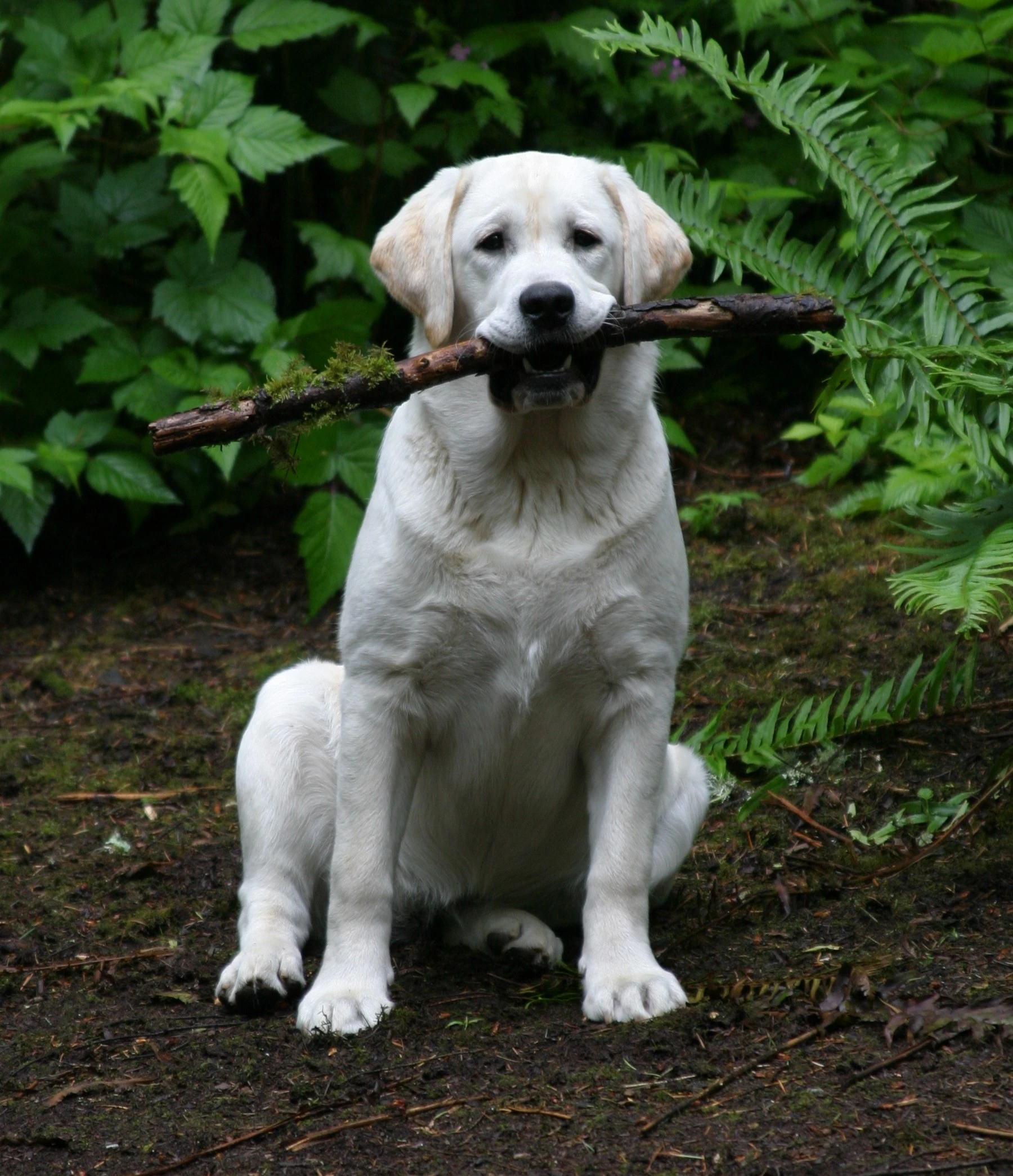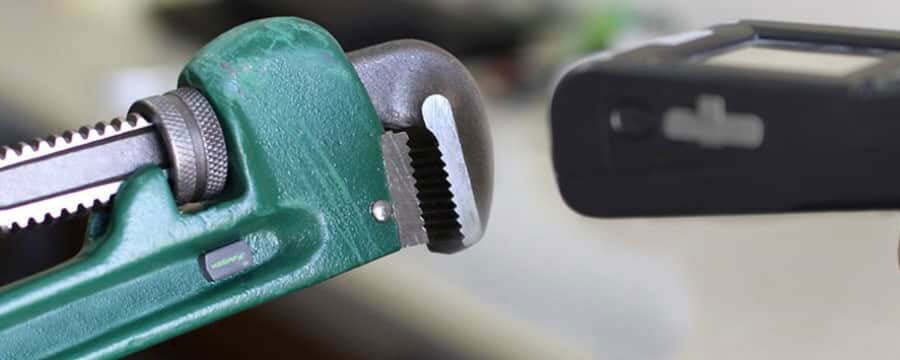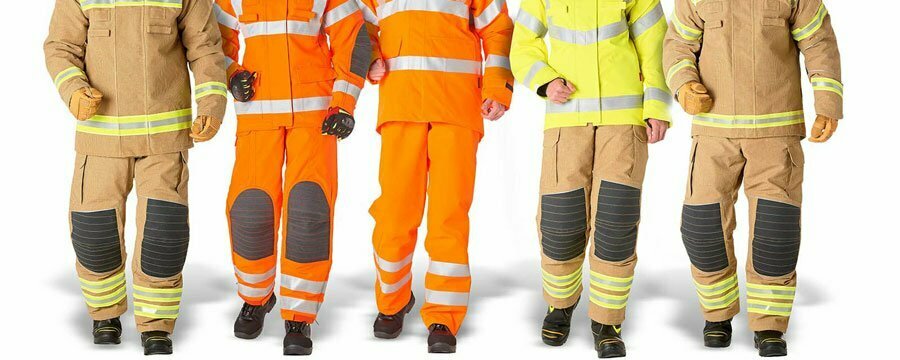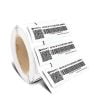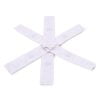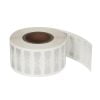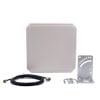Technology solutions provider CDO Technologies is upgrading and expanding the U.S. Air Force Global Enterprise Tracking (AFGET) solution’s Real-Time Location System (RTLS) as part of a $6.6 million contract. CDO Technologies and its partner Zebra Corporation are joining forces to deliver more effective automatic identification technology (AIT) to modernize Air Force operations by improving Air Force operational efficiency, improving asset visibility and ultimately supporting mission readiness.
Under the contract, the AFGET solution is to improve the agency’s existing dedicated RFID RTLS solution at its locations at Robins Air Force Base (AFB), Tinker AFB, Hill AFB and Davis-Monthan Air Force Sustainment Center and Air Force Materiel Command at Air Force Base. As part of the contract, the CDO will evaluate the existing system, ensure full visibility of the required coverage area, and provide integration, system operations, and help desk and training services. In addition, the CDO will help expand the use of technology across all four bases and enhance existing software and hardware.
According to Don Ertel, senior vice president of operations at CDO Technologies, RTLS technology at the aircraft parking and maintenance base includes an RFID receiver infrastructure that captures tag transmissions as assets move around the facility, as well as sensors and active RFID tags. CDO provides technology-based business solutions to the commercial sector as well as military and government agencies. Ertel said the company, based in Dayton, Ohio, has been involved in the design, development, deployment and maintenance of various solutions since its founding in 1995. He noted that while the company has done a lot of AIT work over the past few years, most of its projects are not AIT-focused.
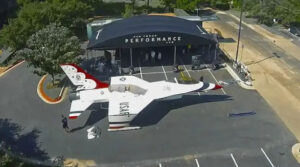
RFID Track Aircraft Assets 1
Expanding on existing RTLS solutions
The AFGET project focuses on automating the tracking of high-value assets, such as the tools and equipment needed to repair and maintain Air Force aircraft. Thousands of active RFID tags are attached to assets, and they also need to be tracked at four sites. These items may include light boxes to illuminate the area, tugs and generators to tow the plane, all of which can be moved around the flight line (the area around the hangar where the plane is stored and maintained). By sending information to area receivers at each base, the system can see the location of large items in the Air Force maintenance hangar area in real time.
“Their primary benefit is being able to know where things (like their wheeled vehicles) are,” Ertel explained, “if a worker leaves a piece of equipment at a specific location at the end of their shift for the day, and then returns the next day. If it is found to be gone, subsequent searches for the asset can be time-consuming. Previously, the person involved could only use a pen to write down details about the device and its location on a piece of paper or a whiteboard, however this manual process is time-consuming and inexpensive effect.
A few years ago, the U.S. Air Force deployed an RTLS solution at four bases using Zebra software. However, the system does not fully cover the flight line area, and the solution is limited as the data collected is sometimes inaccurate. As a result, CDO is now offering upgrades to ensure existing equipment works again. “If there is a piece of equipment that needs to be replaced, we will replace it,” Ertel said, noting that much of the infrastructure will be reconfigured and reconnected.
Apply MotionWorks to achieve more functions
Ertel reports that most of the existing tags are already in place on the asset, and the CDO plans to add them to new equipment as new equipment comes in or needs to be replaced. This work is already in progress. CDO has contracted with the Air Force for about two and a half months, and all bases are expanding at the same time. An early activity was to conduct field surveys to ensure they were getting the desired level of coverage.
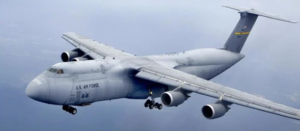
RFID Track Aircraft Assets 3
So far, the bases have been unable to identify areas that lack good network coverage because the technology isn’t consistent enough to measure this. “They don’t currently have a good set of heatmaps that the existing system provides to know where they can cover,” Ertel said. The CDO plans to deploy Zebra’s MotionWorks solution for better coverage and support for additional capabilities to provide a database of alerts, real-time location information and historical data.
For the CTO and Zebra, the biggest challenge for the project is replacing old legacy software, Ertel said. The introduction of new software requires a process to demonstrate that it can operate safely on Air Force networks, which requires security and vulnerability testing. Once complete, MotionWorks will operate within the Air Force’s existing network and integrate with its internal systems, he added. Migrating to the latest software can take most of the year to complete the necessary security testing.
The project will include adding new assets to the solution to enable the Air Force to manage lower-value assets. In this case, the CDO applies passive UHF RFID tags to smaller tools and other items and deploys a combination of UHF RFID readers and fixed access doors to query the unique ID encoded on these passive UHF RFID tags No. With UHF RFID tags on each item, the ID can be linked to data about the corresponding asset in MotionWorks, as well as existing active RFID data stored for real-time tracked high-value assets.
Applying passive UHF RFID to RTLS technology
When RFID-tagged items move, their locations are locked in real-time, and the software displays those locations, along with a history of each item, for those with access to that data. On the other hand, UHF RFID tags can also be viewed in the AFGET solution. The status of each tagged item can be automatically updated each time the tag is read through a handheld reader or through an access door. This way, for example, users can view data on when assets enter or leave, including time.
Lockheed’s 247-foot-long C-5 Galaxy plane
Additionally, RFID readers can be deployed in such a way that zones can be created within buildings. The hangars are large, some of which were built to house Lockheed’s 247-foot-long C-5 Galaxy aircraft, so it was necessary to set up areas to narrow down searches for specific tagged items. The MotionWorks RTLS solution comes with an app that can be viewed on a tablet by field personnel when looking for a specific device. “If [individuals] have this level of access,” Ertel said, “they will be able to query the location of a specific asset or a specific type of asset. The system can then send alerts or updates quickly, depending on the business that can be programmed into it. rule.
The Air Force is expected to reap several benefits as the technology is deployed, Ertel reports. RTLS solutions hope to reduce labor costs by freeing up workers’ time that would otherwise be spent searching for tools. The solution can also reduce inventory costs by eliminating the need to stock up on items that are often lost or hard to find.
Over time, the agency plans to integrate more available business process rules through MotionWorks. For example, this can enable automatic tracking of service records to reduce maintenance, as preventive maintenance will be more reliably delivered on time. “I think when they move to MotionWorks, they’re going to see these efficiency gains,” Ertel said.



